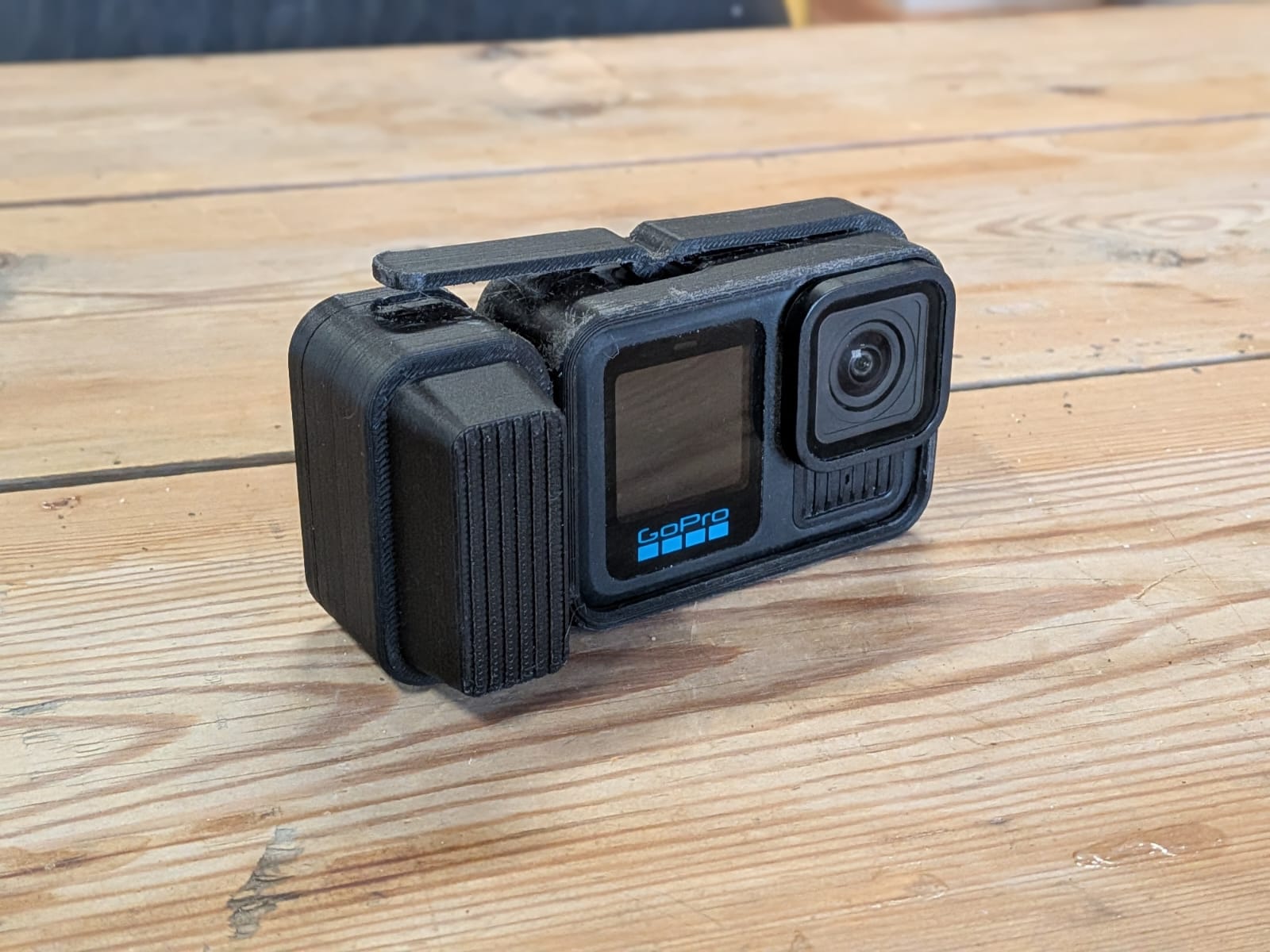With the first frame under my belt, I can finally redesign the lugs with confidence. The head lug turned out best of the bunch, so I’m using that approach as the template for the rest. That means: surface modeling all the way. If this pans out, it’s also the route I’ll take for the online configurator. I still see a future where anyone can easily configure their own lug, set the dimensions, and download it—no hurdles, no gatekeeping.

Another nice win from v1: we now know the material density. For PA12CF printed at full infill, it’s 0.99g/cm² (as measured on our parts). We buy spools in 1 kg batches, so in a perfect world a complete lug set would consume one spool right to the end. And right now, that seems to be true—the full lug set weighs 970 g.
I put a fresh spool on the scale—supposed to be 1000 g of material without the core—and it came out to 988 g. That would mean just 12 g (about 1.21%) left over. If this calculation holds up, I’ll be very surprised. We’ll find out in the next post.

Quick side project: I’ve been modeling a small street grip for a GoPro I bought earlier. These things are pricey, and 3D printing is perfect for this kind of job—same story for building bikes, honestly. This is a rough first pass, printed on a Creality Ender 3, but with the right settings I’m confident it’ll come out even cleaner.
